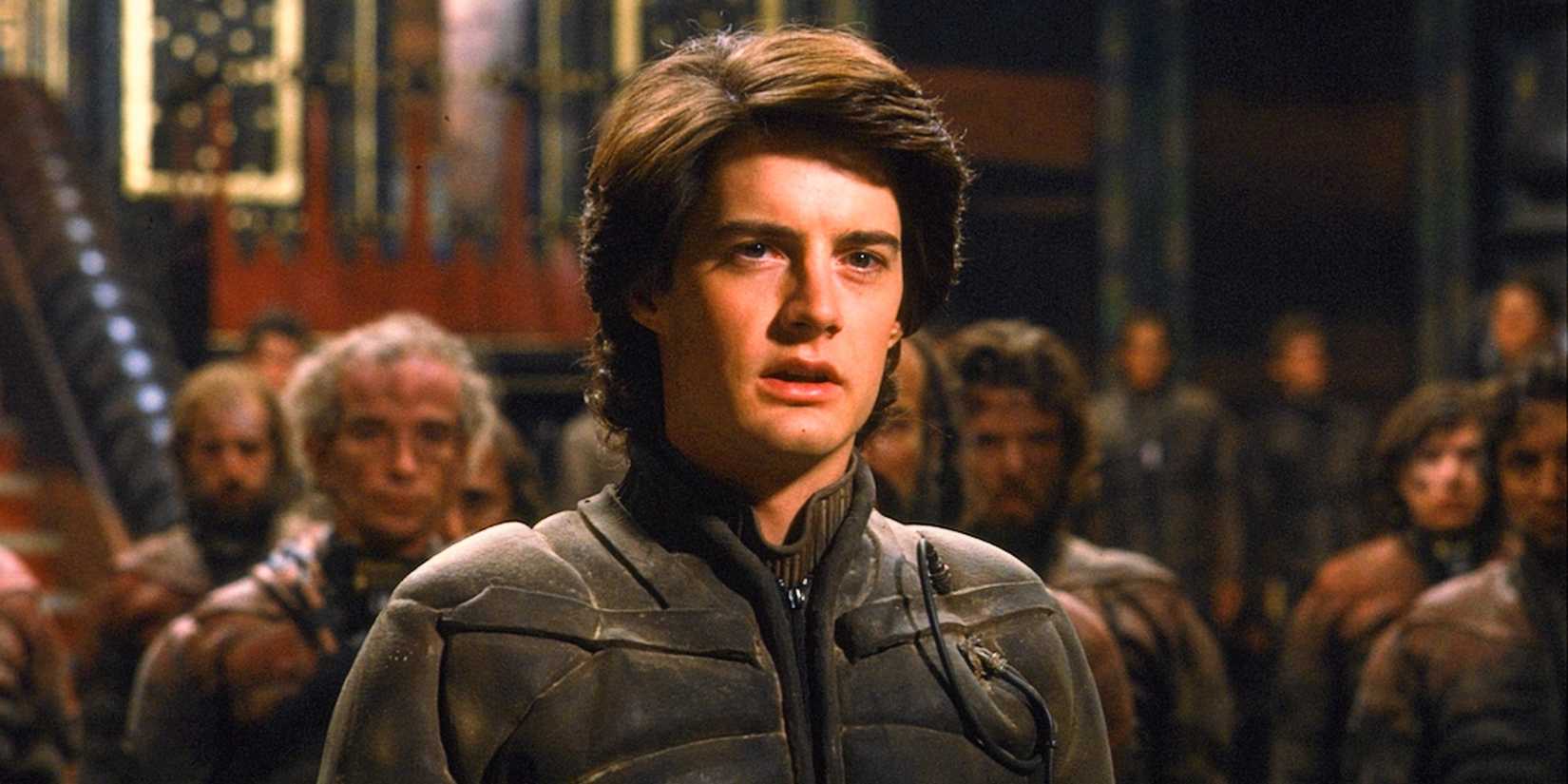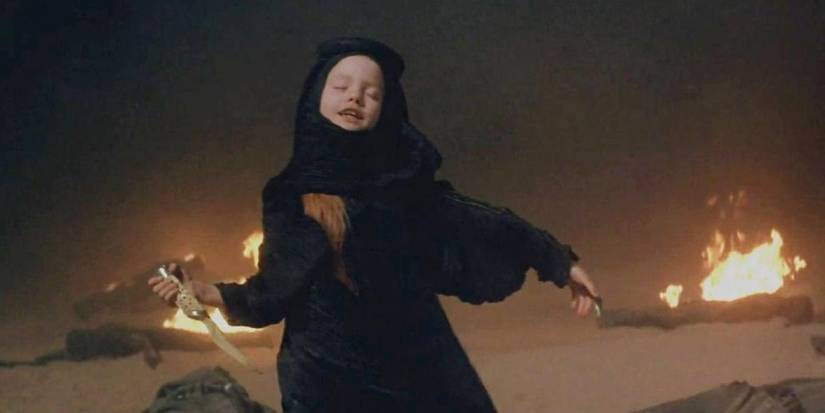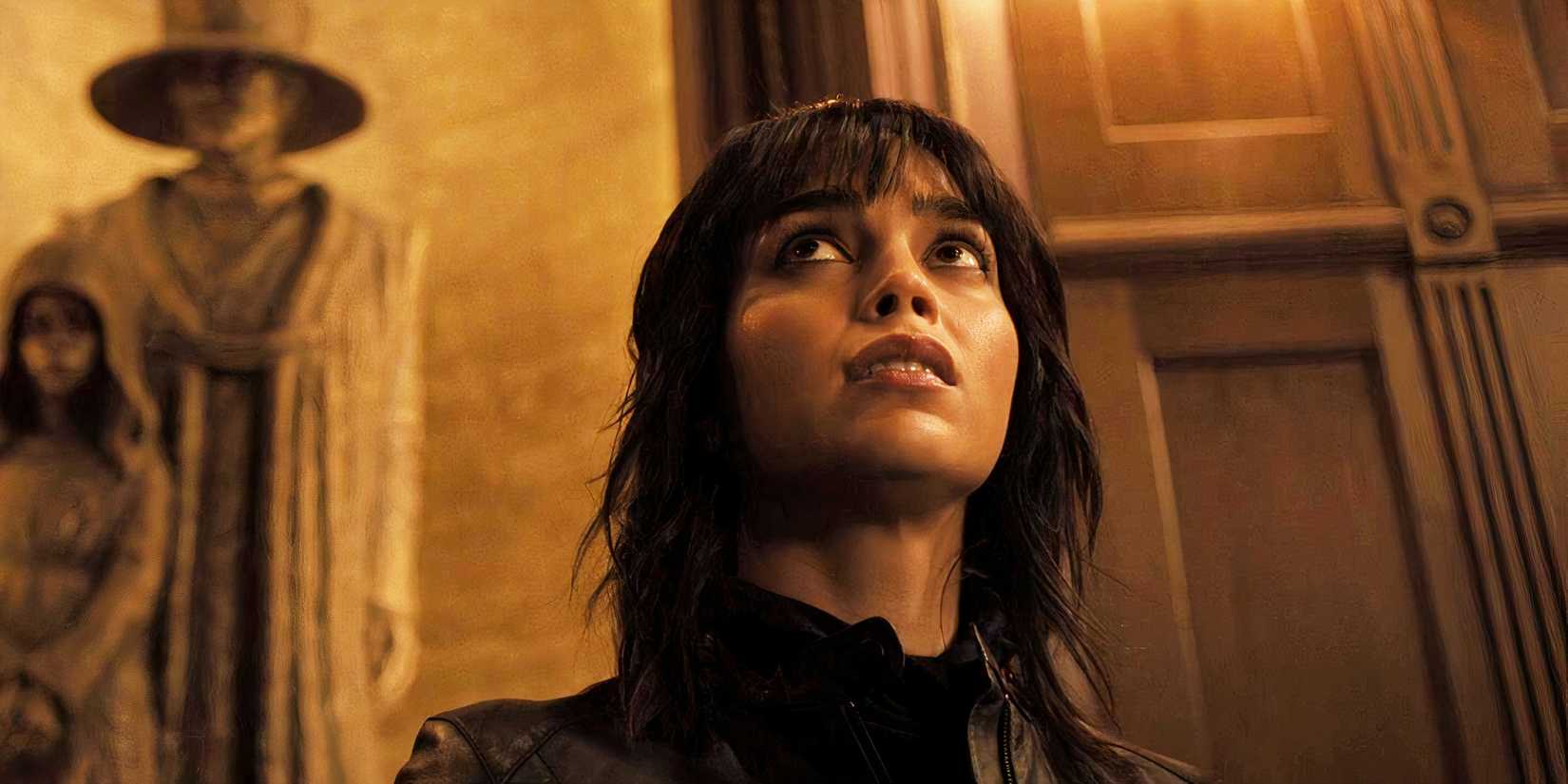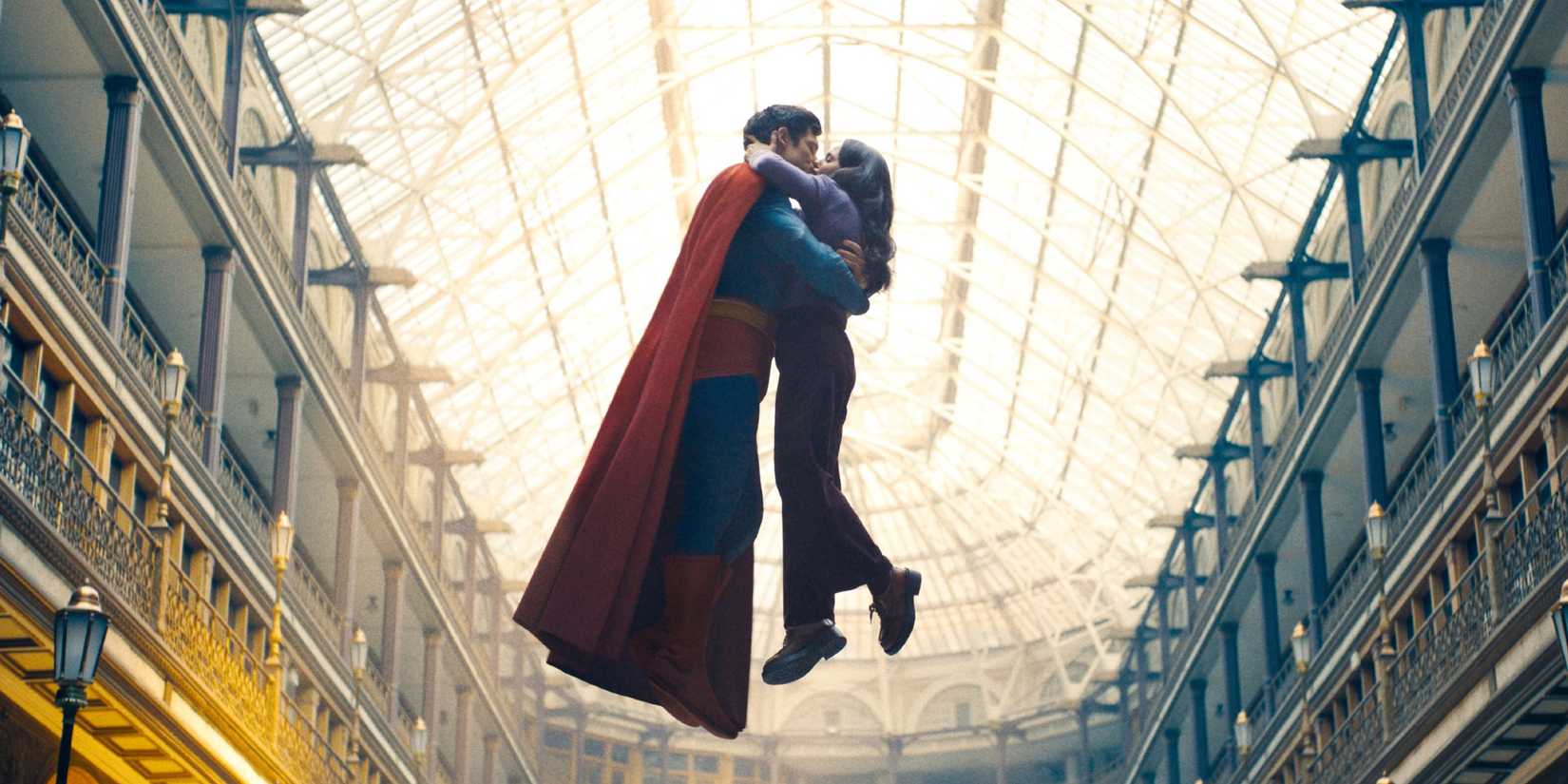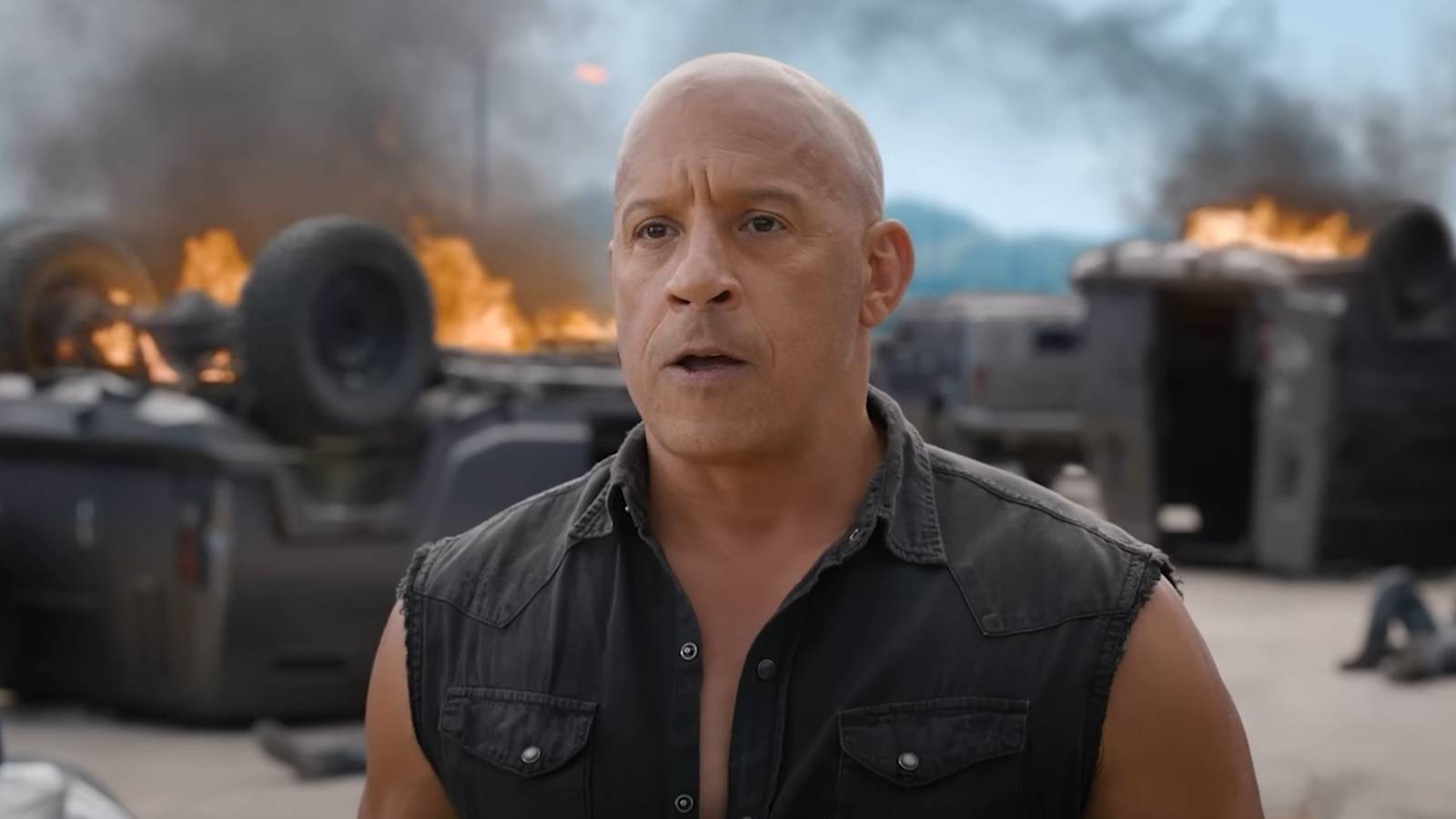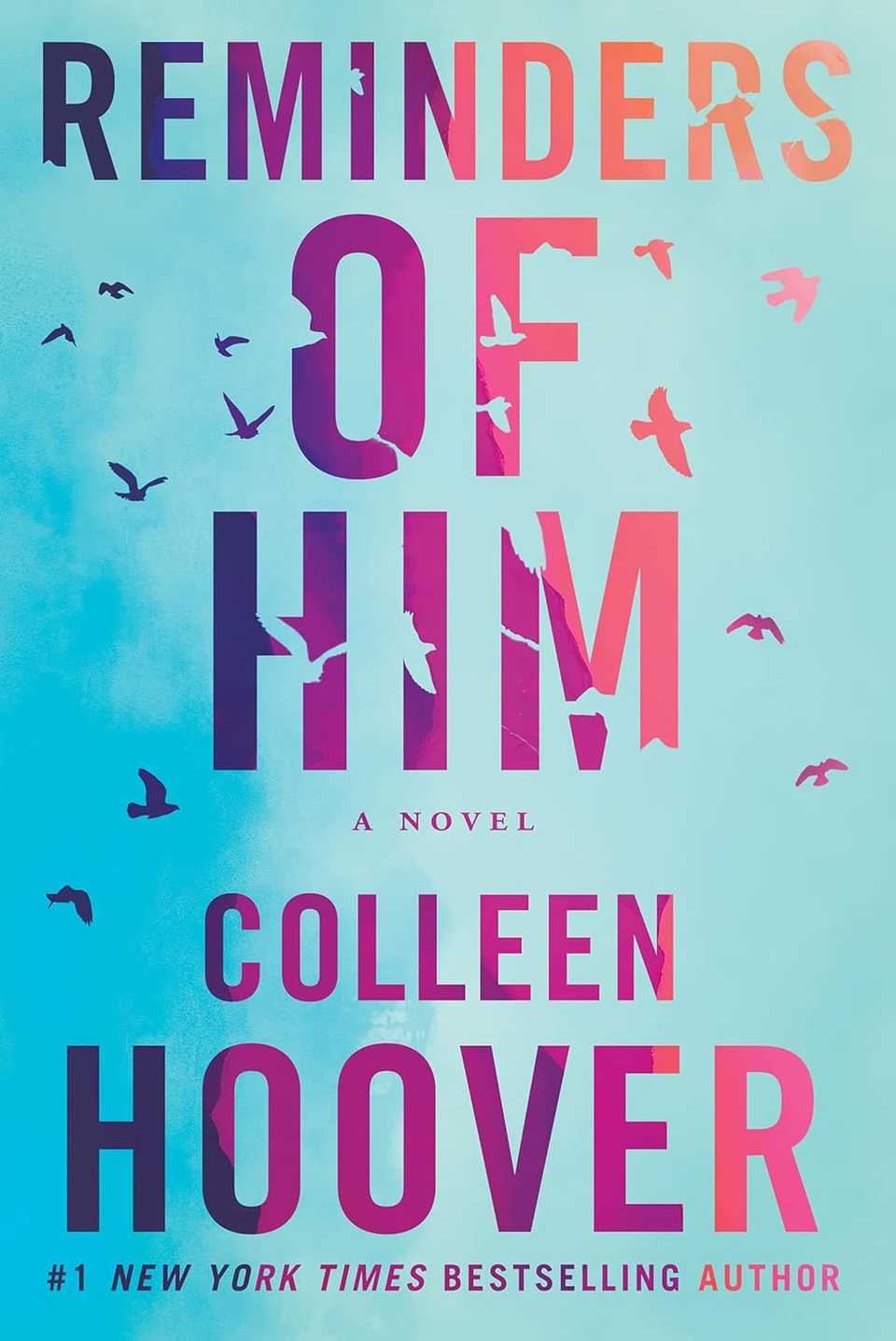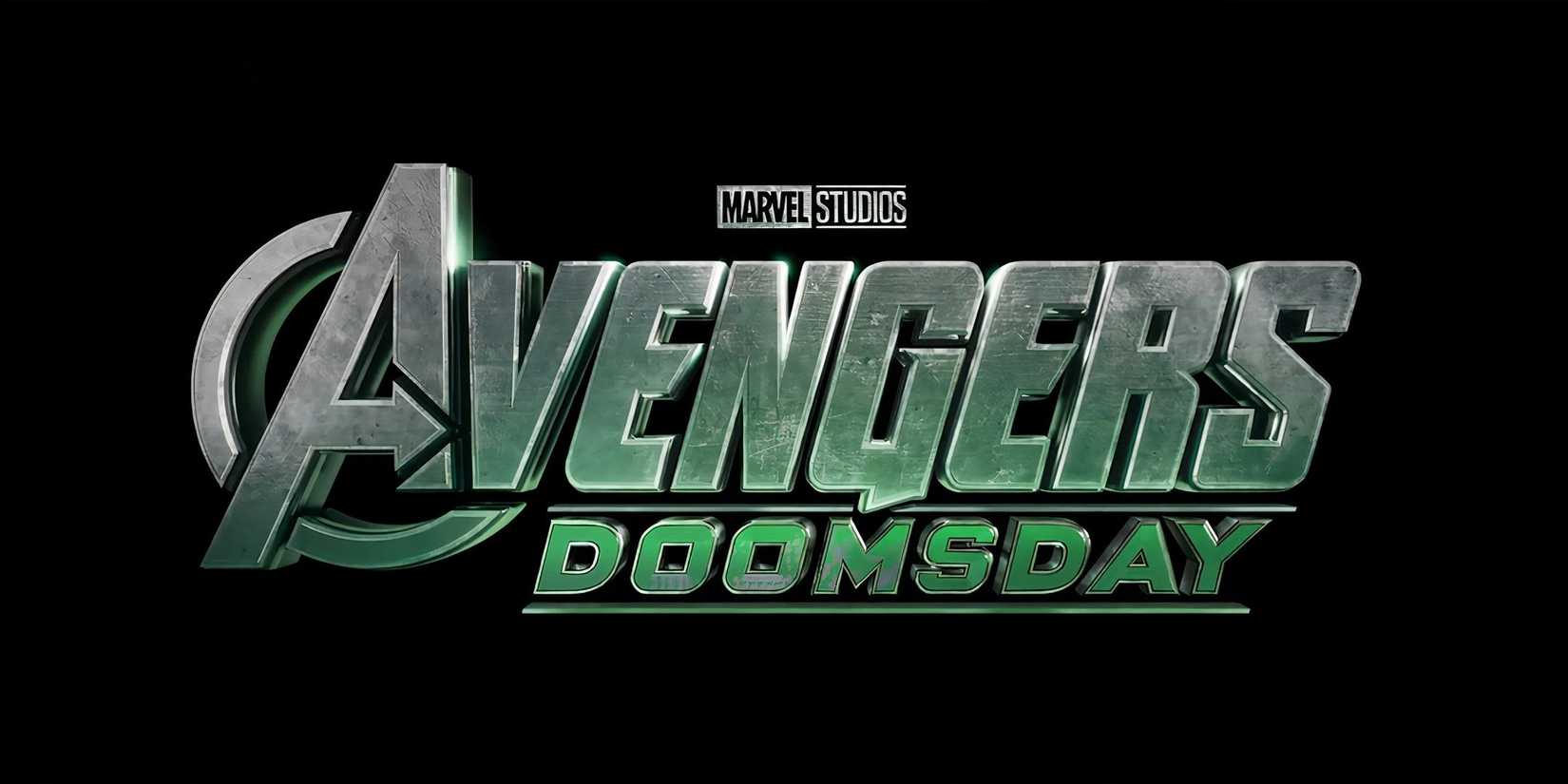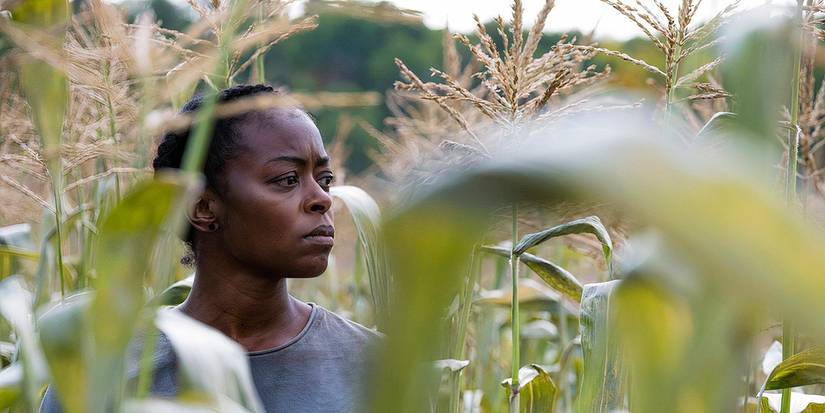1984’s Dune is generally considered one of the biggest disasters in sci-fi movie history, but it does beat the Denis Villeneuve adaptations in a few key ways. Fresh off his feature film debut with Eraserhead, surrealist auteur David Lynch was scooped up into the Hollywood system and given the reins to several big projects.
1980’s The Elephant Man was the perfect blending of Lynch’s unique vision and the necessary aspects of Hollywood filmmaking, but his next project would prove to be problematic. Frank Herbert’s groundbreaking sci-fi novel, Dune, was finally getting a feature film adaptation, and Lynch was tapped to direct. Sadly, the film would prove disastrous both financially and critically.
It didn’t launch a Star Wars-like franchise as expected, and it would take another three decades for a large-scale Dune project to ever materialize again. Except for some TV miniseries, Dune would be put on ice until director Denis Villeneuve put the totality of his creative vision behind adapting the first book into a two-part cinematic experience.
Villenueuve’s Dune was everything that the original wasn’t, and it scored big with critics while being a major box office draw. New technology helped create Arrakis realistically, and the studio invested more time in the project. With a new physical release of 1984’s Dune on the horizon, there’s no better time to celebrate what the original film does better.
David Lynch’s Dune Has A Better Cast
Though the newer Dune movies have one of Hollywood’s most star-studded ensembles, the 1984 version comes closer to capturing the essence of the book’s characters through casting. Paul Atreides is the heart and soul of the franchise, and Kyle MacLachlan was the perfect choice to play the naive youngster who is forced to grow into the conqueror of the universe.
In contrast, Timothée Chalamet has none of Paul’s boyishness in the beginning, and is already a brooding and subversive figure from the first frame. Part of that could be chalked up to Villeneuve’s creative choices, but Chalamet’s casting is also a major factor in setting the tone. That self-seriousness carries over into the rest of the casting too.
Many of the supporting roles in the newer films feel like they were cast out of necessity, while the ’84 version put the most accomplished character actors in key parts to add intrigue. Actors like Jason Momoa add a name to Dune‘s roster of A-listers, but he can’t shed his action-star image enough to play Duncan Idaho convincingly.
Ultimately, the 1984 version of Dune featured a cast who could sink into their respective roles, and disappear into the characters. Conversely, Villenueve’s Dune plays everything so flatly that stars like Chalamet and Zendaya look like actors playing parts in a movie, and rarely get below the surface of the characters.
The Design Choices In 1984’s Dune Are More Memorable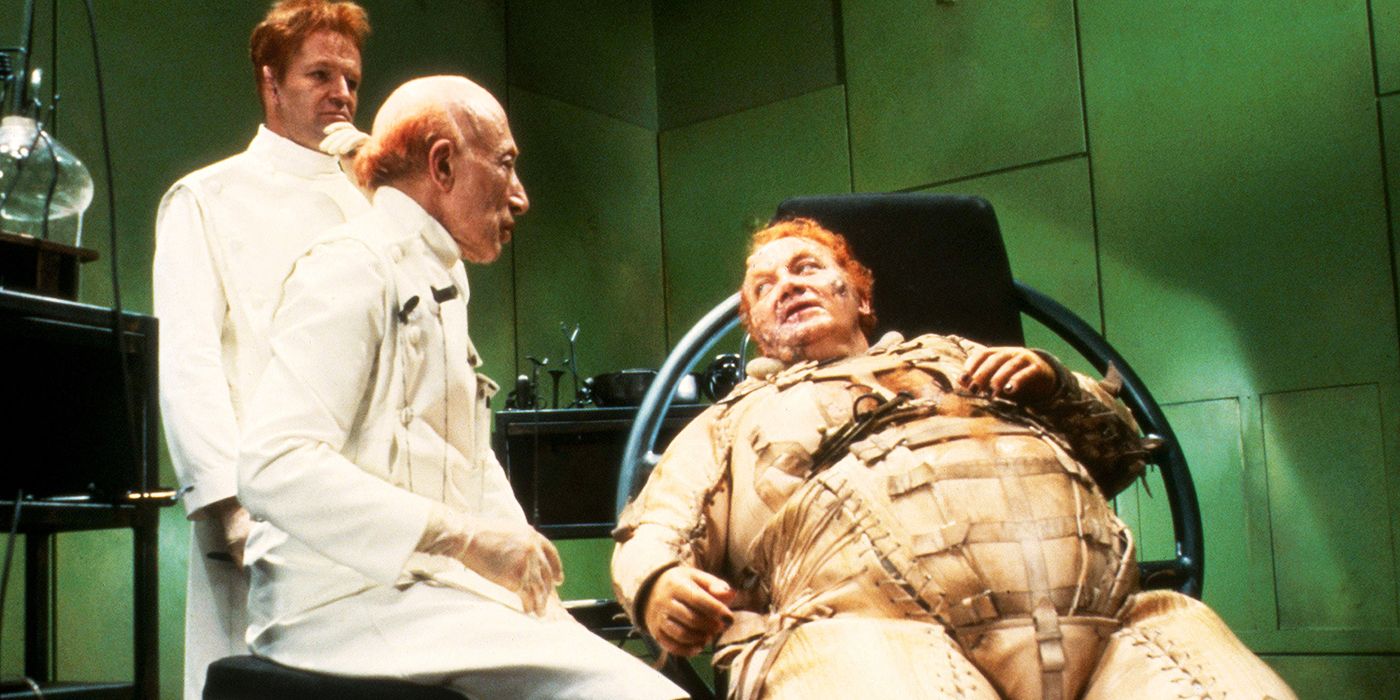
Frank Herbert’s Dune is one of the most imaginative books ever, but it’s also surprisingly light on descriptive detail. This has given production designers the challenge of bringing the world of Dune to life in a way that’s visually compelling, but true to the source material. On that score, Lynch’s Dune beats the modern movies.
Because the original movie didn’t have as many technical advantages, the creators were required to actually bring a lot of Dune to life in reality. This automatically gives the original film a more authentic feeling, with the sets, costumes, and props being more memorable. CGI is great, but it can feel hollow and unreal in the worst ways.
1984’s Dune had a budget of $40 million ($124 million today), while 2021’s Dune had a $165 million budget.
Crucial costume elements like the stillsuits have more visual interest in the original movie, and other costume choices are made to reflect the heightened tone of the story overall. Conversely, Villenueve’s Dune gets so lost in a literalist interpretation of the story that it sometimes forgets to use creative design choices to further enhance the themes.
Hair and makeup choices are also quite important in Lynch’s Dune, with small details signaling something much larger about a character or a group of characters. The Bene Gesserits are shown as being bald, which not only directly contrasts them to Lady Jessica, but makes them look subtly alien and otherworldly.
Meanwhile, the garish appearance of the Harkonnens tells the viewer everything they need to know in seconds, even if there’s nothing subtle about them. 1984’s Dune rebounds between the overt and the subtle, while the new movies don’t. There are so many sci-fi movies in the modern day that are gray and dull looking, and Dune is one of them.
Lynch’s Dune Expands Ideas Beyond The Source Material
No matter who is in charge of the adaptation, an interpretation of Dune is still just that. For better or worse, a filmmaker must put their own touches on a book when adapting it, and that’s especially true for Dune. Herbert’s philosophical sci-fi prose is a great read, but it needs serious translation on the big screen.
Lynch’s Dune was not afraid to think beyond the pages of the book, while Villeneuve’s version was overly dedicated to strict adaptation. Though each had to make necessary changes, only the former was willing to add details that weren’t in the books, which ultimately made for a more engaging viewing experience.
Small touches, such as the Atreides family pugs, may be silly in hindsight, but they represent a vision that’s at least trying something new. Herbert was light on details, so the 1984 film added things to fill in those creative gaps. The modern movies didn’t, and that lends them a hollow and almost empty visual style.
Lynch’s Dune also dares to play around with the structure of the novel, something that Villeneuve’s movie doesn’t do. Truncating or extending moments to draw out the emotion of those moments is an important part of adaptation, but the two-part modern film was never forced to make any sacrifices.
The final result is an original film that feels like an interpretation, while the modern movies don’t have any trademarks of the filmmaker at all. It defeats the purpose of adapting a book into a movie if the filmmaker isn’t adding something that wasn’t already there. Otherwise, audiences could just as easily read the book instead.
The 1984 Movie Doesn’t Shy Away From The Weirdness
Despite being one of the most celebrated science fiction books of all time, there’s no denying that Frank Herbert’s Dune is weird. Melding the metaphysical and the philosophical into a fantasy story, Herbert was unbound by the strictures of the genres he worked within. This resulted in some odd details which are nearly inseparable from the movie adaptations.
David Lynch was something of a strange storyteller himself, so his film embraced many of the strange details instead of shying away. Meanwhile, the modern Dune films intentionally downplay those same elements, which strips some of the soul away from the source material.
Perhaps the most obvious example is Paul’s younger sister, Alia, who is a toddler with the mind of an adult. Lynch’s Dune embraces Alia as she was in the book, while Villeneuve ducks the character by adding in visions of her older self. In avoiding the goofier ideas in Herbert’s book, it shows a misunderstanding of the material.
David Lynch’s Dune is tragically flawed, but it is still an authentic vision. Denis Villeneuve clearly loves Herbert’s book, and has dedicated years of his life to adapting it. While the modern films are certainly better overall, Lynch’s version actually succeeds when broken down into smaller details. Regardless, Dune will continue to vex readers and filmmakers for generations to come.
